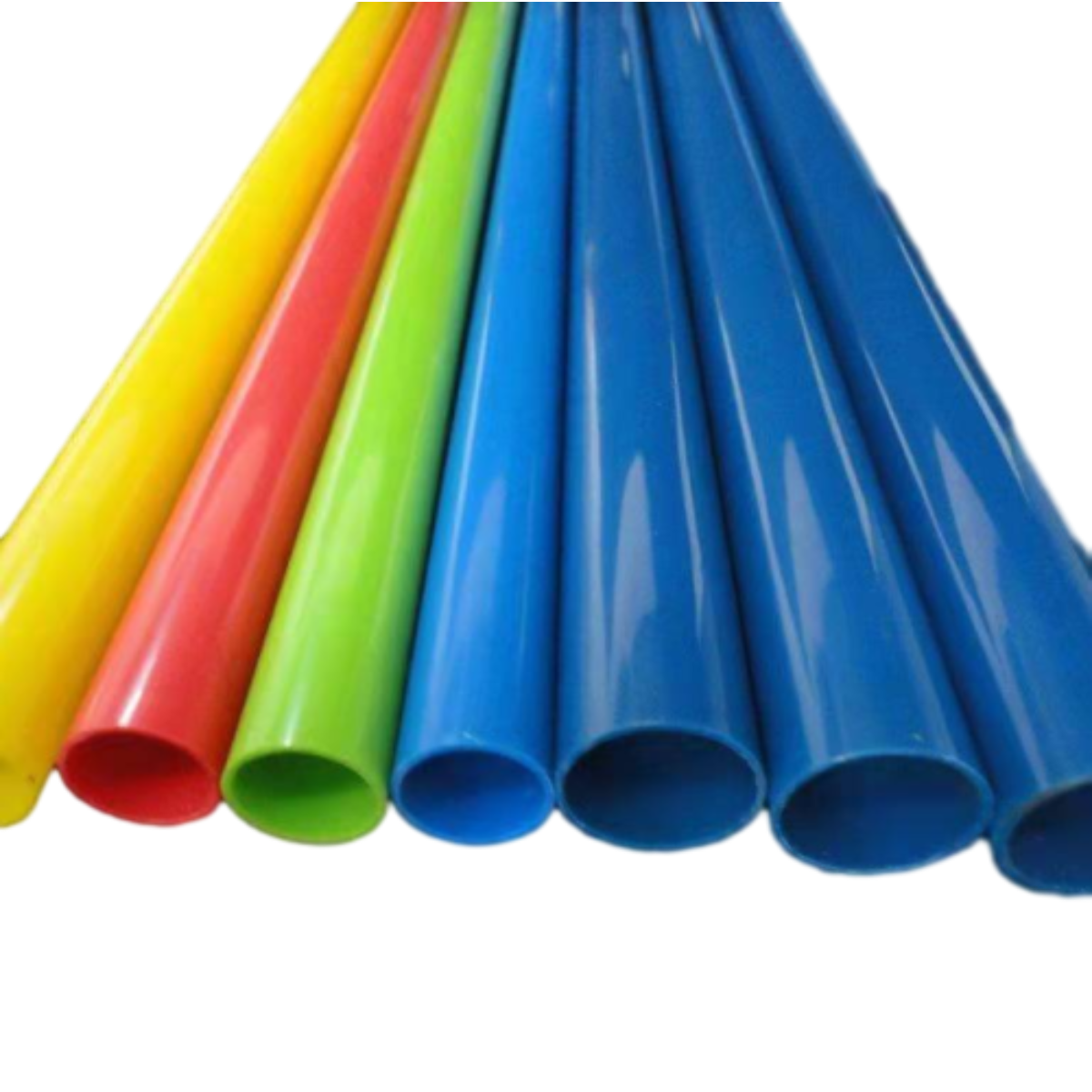Dec . 15, 2024 11:46 Back to list
hdpe corrugated subsoil drainage pipe products
Understanding HDPE Corrugated Subsoil Drainage Pipe Products
In the realm of modern infrastructure and construction, effective drainage systems play a pivotal role in managing water flow and mitigating issues related to excess moisture. One of the most praised innovations in this area is the use of High-Density Polyethylene (HDPE) corrugated subsoil drainage pipes. These products have gained popularity due to their durability, adaptability, and efficiency in handling groundwater and stormwater, making them a preferred choice for a wide range of applications.
What is HDPE?
High-Density Polyethylene (HDPE) is a thermoplastic polymer made from petroleum. Its high-density structure confers exceptional strength and durability, making it an ideal material for construction applications. Compared to traditional drainage systems made from concrete or clay, HDPE offers significant advantages, including lighter weight, resistance to corrosion, and lower installation costs.
Characteristics of HDPE Corrugated Pipes
HDPE corrugated pipes are characterized by their ribbed, corrugated structure, which enhances their structural integrity while minimizing material usage. The corrugated design allows for flexibility and ease of handling during installation. Key characteristics of HDPE corrugated subsoil drainage pipes include
1. Lightweight and Flexible HDPE pipes are much lighter than their traditional counterparts. This not only makes installation easier but also reduces transportation costs.
2. Chemical Resistance Unlike metal and concrete pipes, HDPE is resistant to a wide variety of chemicals, making it ideal for agricultural and industrial applications.
3. Long Lifespan HDPE pipes have a long operational life, often lasting over 50 years with proper installation and maintenance. They do not corrode or rust, which significantly adds to their longevity.
4. Cost-Effectiveness The installation process for HDPE pipes is typically faster and requires fewer labor hours, resulting in lower overall costs. Moreover, their durability reduces the need for frequent replacements.
5. Environmental Friendliness Made from recyclable materials, HDPE pipes contribute to sustainable construction practices. Their manufacturing process uses less energy compared to traditional materials, further minimizing their environmental impact.
Applications of HDPE Corrugated Pipes
HDPE corrugated drainage pipes are versatile and can be used in various settings, including
hdpe corrugated subsoil drainage pipe products

- Agricultural Drainage They are used to efficiently manage water in agricultural fields, ensuring that crops receive optimal moisture without waterlogging.
- Stormwater Management HDPE pipes facilitate effective stormwater drainage in urban environments, helping to prevent flooding and erosion.
- Landfills and Waste Management These pipes are employed in controlling leachate and gas collection systems, ensuring that waste materials are managed responsibly.
- Residential and Commercial Landscaping Homeowners and businesses utilize HDPE drainage pipes to direct runoff away from buildings and landscapes, protecting property from water damage.
Installation Process
The installation of HDPE corrugated subsoil drainage pipes is straightforward, but it demands proper planning to maximize efficiency. Following steps generally include
1. Site Assessment Evaluating the landscape to determine drainage needs and pipe placement.
2. Excavation Digging trenches in accordance with local regulations to ensure proper depth and gradient.
3. Pipe Laying Carefully positioning the corrugated pipes in the trench with the appropriate slope to facilitate drainage.
4. Backfilling Covering the pipes with suitable soil material and compacting it to provide necessary support.
5. Final Checks Conducting inspections to ensure that the drainage system is functioning effectively.
Conclusion
HDPE corrugated subsoil drainage pipes are essential components of contemporary drainage systems, offering numerous benefits in durability, cost-efficiency, and environmental sustainability. Whether used in agricultural, urban, or waste management contexts, their versatility and effectiveness make them an invaluable resource for engineers and builders alike. As we move towards more sustainable infrastructure solutions, the role of HDPE pipes will undoubtedly continue to expand, helping to safeguard our environments while effectively managing our water resources.
-
High-Quality PVC Borehole Pipes Durable & Versatile Pipe Solutions
NewsJul.08,2025
-
High-Quality PVC Perforated Pipes for Efficient Drainage Leading Manufacturers & Factories
NewsJul.08,2025
-
High-Quality PVC Borehole Pipes Durable Pipe Solutions by Leading Manufacturer
NewsJul.08,2025
-
High-Quality PVC Borehole Pipes Reliable PVC Pipe Manufacturer Solutions
NewsJul.07,2025
-
High-Quality UPVC Drain Pipes Durable HDPE & Drain Pipe Solutions
NewsJul.07,2025
-
High-Quality Conduit Pipes & HDPE Conduit Fittings Manufacturer Reliable Factory Supply
NewsJul.06,2025

